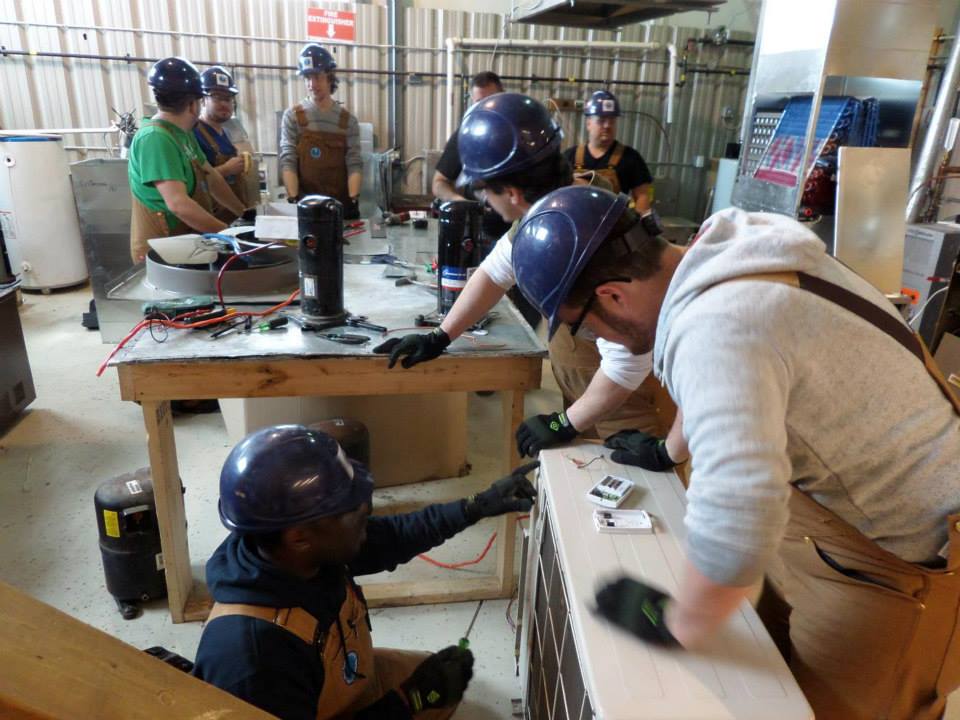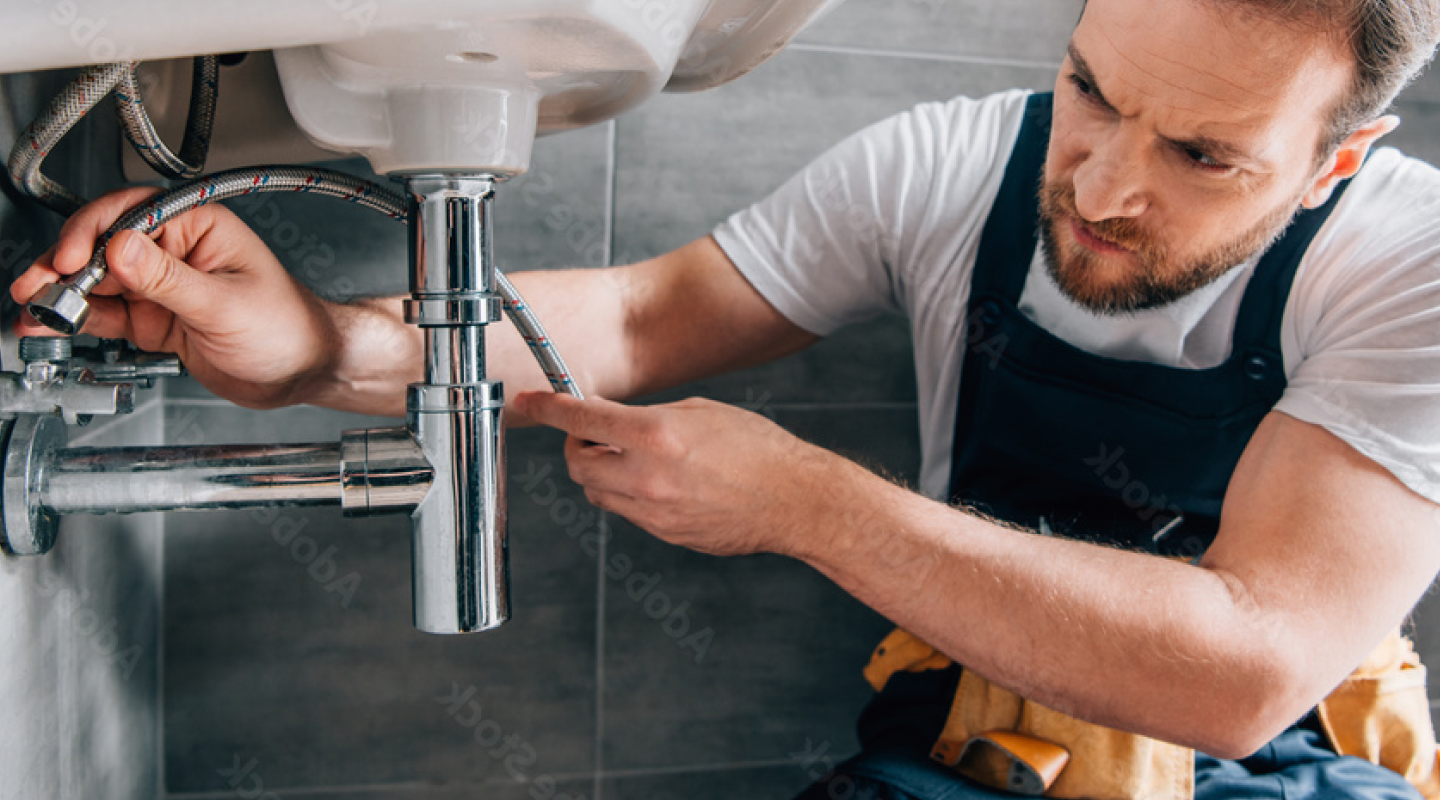Dependable Plumber Alabaster AL for All Your Emergency situation Demands
Dependable Plumber Alabaster AL for All Your Emergency situation Demands
Blog Article
A Step-by-Step Guide to Efficient Water Heating Unit Installation for Ideal Efficiency
Embarking on the job of installing a water heating unit is an endeavor that demands accuracy and a methodical strategy for achieving ideal efficiency. As you proceed, the ins and outs of attaching water supply lines and setting up reputable electric or gas links await, appealing insights right into making certain efficiency and reliability.
Choosing the Right Water Heating Unit

Next, think about the dimension and capacity of the water heater. It's essential to evaluate your home's warm water needs, which can differ based upon the variety of residents and their usage patterns. A device that's too small might result in not enough warm water, while a large design may result in unnecessary energy consumption.
Performance scores likewise play a crucial duty in selection. Seek water heating units with high Energy Aspect (EF) ratings, indicating superior efficiency and reduced energy use. Tankless models, though generally extra costly upfront, deal significant power cost savings gradually as a result of their on-demand heating capabilities.
Preparing the Setup Location
Prior to installing a new water heater, meticulous preparation of the installation location is crucial. It's crucial to measure the room meticulously to suit the water heating system's dimensions, making sure sufficient clearance around the system for reliable operation and maintenance.
Inspect the flooring for security, as the water heating system will certainly require a solid, degree surface area to run effectively. If required, set up a drip frying pan below the device to catch possible leakages or spills, protecting against water damages to the surrounding location.
In addition, make certain that all necessary tools and products get on hand prior to beginning the setup. This includes items such as wrenches, screwdrivers, a level, and any added hardware needed for securing the heating unit and installing. A well-prepared installation area sets the foundation for a successful hot water heater setup, optimizing efficiency and safety and security.
Connecting Water Lines
When connecting supply of water lines to your freshly set up water heating unit, it is essential to guarantee that all connections are leak-free and secure to keep efficient operation and avoid water damage. Begin by identifying the chilly and warm water system lines. The cool water inlet is usually marked with a blue label or a "C", while the warm water outlet is noted with a red tag or an "H".
Usage adaptable water heater adapters to assist in an easier installment process. Prior to attaching the adapters, place a plumbing technician's tape around the threaded ends of the water heating system's inlet and outlet pipes.
When links are in location, slowly moved here activate the primary water shutoff. Check each link for leakages by visually checking and really feeling for dampness. Tighten up links as necessary, and make certain the stress alleviation shutoff is correctly installed, protecting versus extreme stress accumulation.
Establishing Electrical or Gas Links
Effectively setting up the electrical or gas links for your water heating unit is an important action to ensure reliable and secure procedure. For electrical water heating units, begin by confirming that the electric circuit is compatible with the heating unit's voltage and amperage needs.
For gas hot water heater, security is paramount. Verify that the gas supply is off prior to continuing. Connect the gas line to the water heater making use of an adaptable gas port, guaranteeing it is properly threaded and secured with pipeline joint substance or Teflon tape suitable for gas connections. Tighten the links with a wrench, taking care not to over-tighten (Plumber Alabaster AL).
When connections are made, examine for any possible leakages. For gas lines, apply a soapy water service to the joints; bubbles show a leak. For more information electrical connections, confirm that all wiring is protected and properly protected, keeping compliance with neighborhood electrical codes.
Changing and testing for Performance
With the electrical and gas connections firmly in location, the following action is assessing the operational efficiency of your water heating unit. Begin by very carefully transforming on the water system and making sure there are no leakages at any of the valves or joints. Once verified, continue to fill up the tank, taking notice of the pressure and temperature setups. It is a good idea to establish the thermostat to a recommended temperature level of around 120 ° F(49 ° C) to balance power effectiveness and convenience.
Next, perform a comprehensive assessment to ensure the burner or gas burners are functioning appropriately. For electric heating systems, use a multimeter to confirm if the components are attracting the appropriate existing. In gas versions, observe the heater flame; it must be stable and blue, indicating efficient combustion.
Adjust the settings as needed to remove ineffectiveness. Consider executing insulation actions, such as including a hot water heater covering, to further boost efficiency by lessening heat loss. Additionally, examine the anode pole's problem, as a worn-out rod can minimize effectiveness and cause storage tank rust.
Conclusion
Efficient water heating system installation is crucial for guaranteeing optimum performance and power financial savings. Safely attaching water supply lines and meticulously establishing up electric or gas links reduce potential issues.

Correctly establishing up the electrical or gas links for your water heating system is a crucial step to make sure secure and efficient procedure. For electric water heating units, start by validating that the electrical circuit is compatible with the heating unit's voltage and amperage needs. Link the gas line to the water heating system making use of a flexible gas connector, ensuring it is appropriately threaded and secured with pipeline joint compound or Teflon tape ideal for gas links.
Report this page